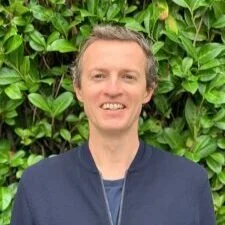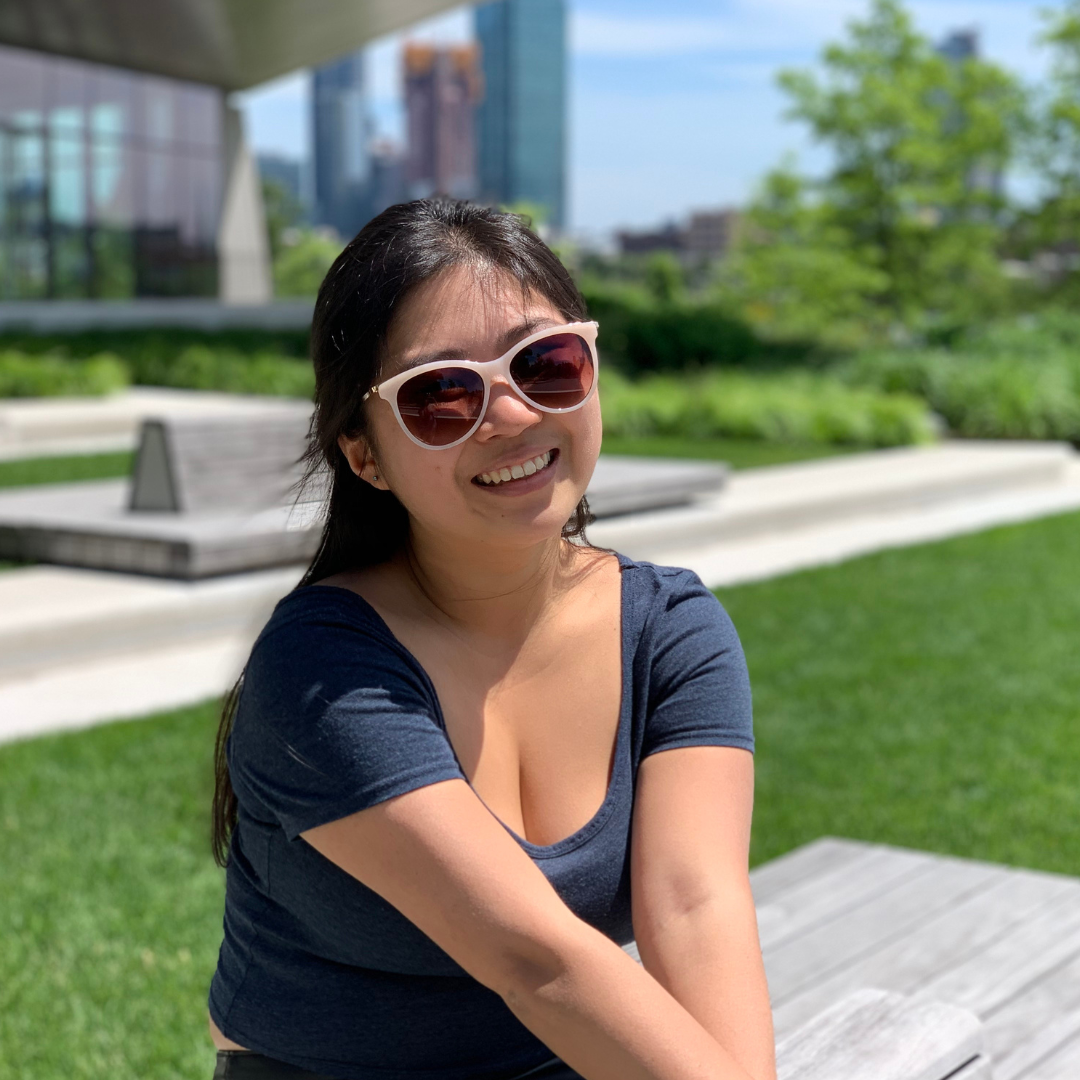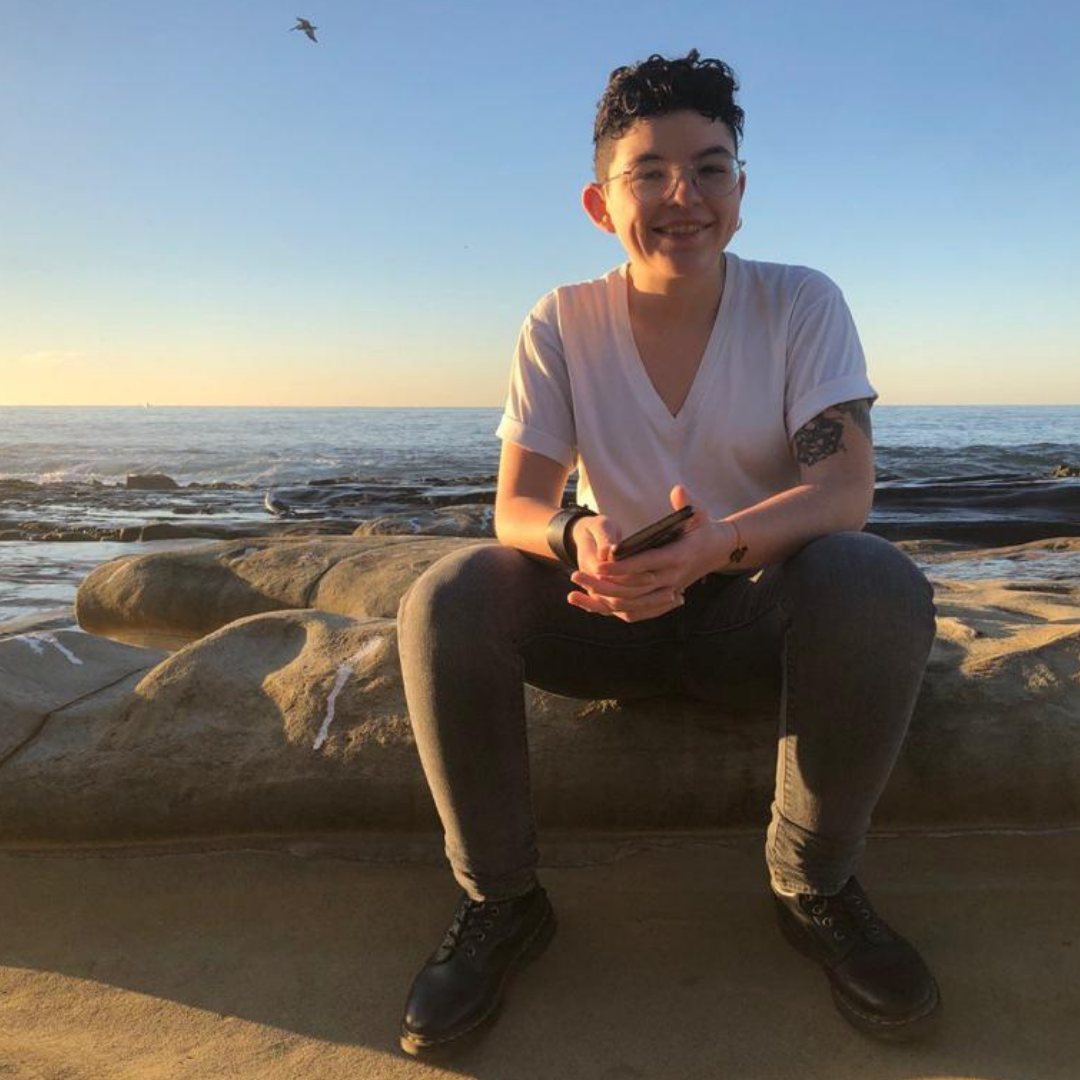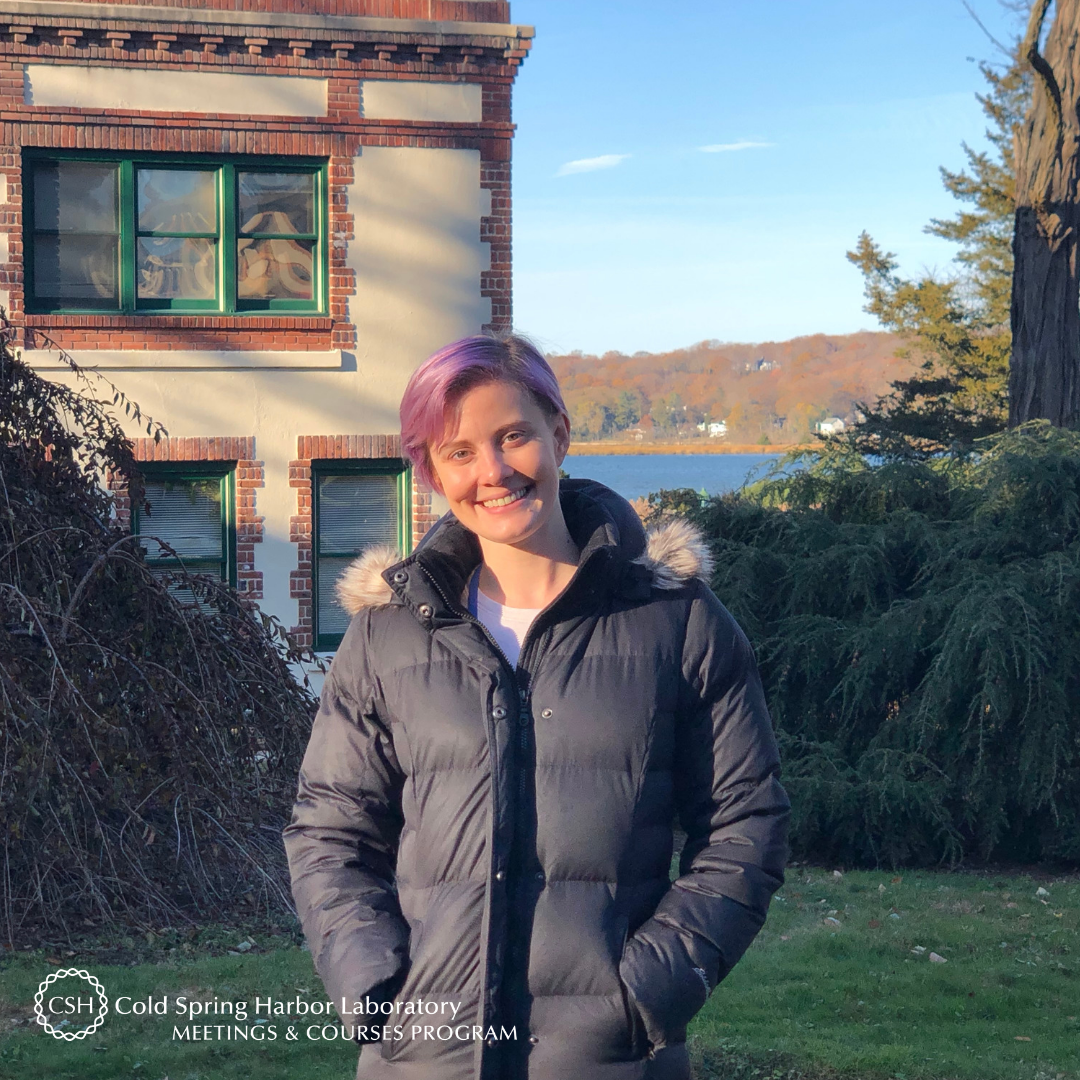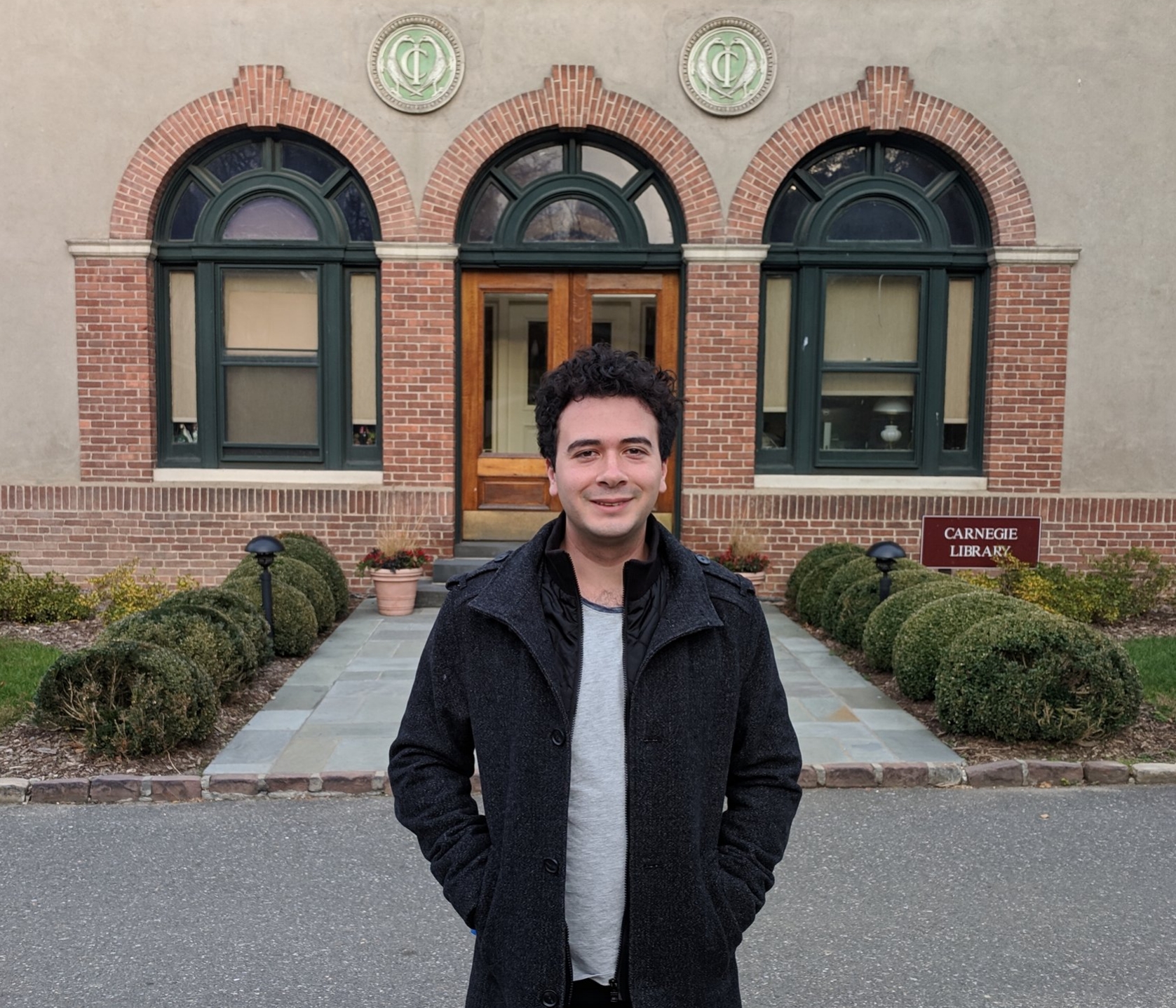Brianna Bibel, CSHL School of Biological Sciences
The COVID/SARS CoV2 Rapid Research Reports is a series of meetings organized by Cold Spring Harbor Laboratory (CSHL) that brings together scientists from around the world to discuss the very latest research on the novel coronavirus SARS-CoV-2 and the disease it causes, COVID-19. The series began in June 2020 and continues with the fifth installment this week.
Brianna “Bri” Bibel is a fifth-year graduate student in the CSHL School of Biological Sciences studying biochemistry and structural biology in Leemor Joshua-Tor’s lab. Bri is the scientist behind the popular blog, The Bumbling Biochemist and Instagram account @thebumblingbiochemist. Her style of explaining basic biochemical experiments is approachable, and appreciated by science teachers and young students alike. Here she guest writes for us, reflecting on the first three installments of the CSHL COVID meeting series.
The second COVID/SARS CoV2 Rapid Research Reports meeting, held (virtually) July 21-22, 2020 was enlightening, but also a reminder of how much there is still to learn, and a lesson in “why things are so complicated.” At the first meeting, we got the basics down, and at this second meeting, scientists starting packing in the nuances and details they were finding as they dove deeper into the biology of this trickster of a virus. We got to hear from scientists approaching SARS-CoV-2 biology from different angles and quickly came to appreciate that it’s unique, that context (cell type, organ, etc.) really matters when doing experiments, and that various techniques used by different researchers can all contribute to our understanding. Here’s some of what we learned.
Lessons from other coronaviruses
If you mention “the coronavirus” these days, people assume you’re talking about SARS-CoV-2. However, there are a number of other coronaviruses. For example, there are four common-cold-causing coronaviruses as well as a couple of other really nasty ones – SARS-CoV (the original) and MERS (Middle Eastern Respiratory Syndrome).
Susanna Lau, University of Hong Kong
Of course, those are just the human-infecting coronaviruses. Additionally, there are lots of coronaviruses hanging out in other animals. We heard a talk by Susanna Lau of the University of Hong Kong on the role bats played in harboring the ancestors of SARS-CoV-2. Often bats don’t experience serious illness from the viruses thanks to their unique immune systems. But other animals are more susceptible, including livestock; Carolyn Machamer of John Hopkins University spoke about Infectious Bronchitis Virus (IBV) which infects birds and sometimes threatens the poultry industry. Researchers have been studying these coronaviruses for years (though with much greater difficulty securing funding) and have found a lot of shared features. In a roundtable discussion led by Susan Weiss of the University of Pennsylvania Perelman School of Medicine, some of the world’s most prominent coronavirus experts (including Machamer, Alexander Gorbalenya of Leiden University, Carolyn Machamer of John Hopkins, Cornelia Bergmann of the Cleveland Clinic, Susan Baker of Loyola University, and Volker Thiel of University of Bern) discussed how our knowledge of other coronaviruses informs current research on SARS-CoV-2.
Much of this previous knowledge has been tremendously advantageous. For example: Since we know things about the largely conserved genetic architecture of coronaviruses, once scientists had the sequence of the viral genome, they could quickly figure out where the different genes were and what each did. This allowed them to do things like isolate the sequence encoding the Spike protein and use it to develop a vaccine. Last meeting we heard from a scientist from Moderna about how this allowed them to so quickly get a vaccine candidate into testing. In this meeting, we heard a talk from Kizzmekia Corbett on how her group at the NIH is developing a platform to be able to take the genetic information from any emerging virus and use it to rapidly create a vaccine. This will hopefully prevent us from getting caught off-guard in the future.
“...quantity isn’t everything, and how well nAbs can bind and block the virus is also an important consideration. In fact, Hatziioannou found that the majority of patients produced some really strong binders, and she was able to isolate some of the strongest to test their therapeutic potential.”
Potential therapeutics
Multiple speakers at the meeting studied how the immune systems of patients reacted in the short term, immediately after infection, to determine which proteins might be targeted as part of potential therapies for COVID-19. Several presenters looked for antibodies, which are proteins produced by special immune cells (B cells) that can bind to specific regions (epitopes) of foreign things (antigens) such as viral proteins. If antibodies bind to a virus in such a way that the virus can no longer infect cells, we call it a “neutralizing antibody” or “nAb.” For SARS-CoV-2, nAbs often bind to the Spike protein and block it from binding to the ACE2 receptor. They have significant value both for the patient (as they can provide some protection against reinfection) as well as potential therapeutic use. Therefore, scientists are really interested in seeing if people make nAbs for SARS-CoV-2: If they do, and if we can isolate the B cells making the nAbs, we can potentially use those cells to make lots more.
Theodora Hatziioannou, The Rockefeller University
One of the scientists leading these efforts is Theodora Hatziioannou, an Associate Professor at The Rockefeller University in NY who’s been looking at the blood plasma (the cell-less part of blood) of recovered patients to test for nAbs. When analyzing data from hundreds of NY donors, what she found was really interesting: About 80% of recovered patients had detectable nAbs, but the distribution of antibody levels within those patients was highly skewed. Most patients had low levels of nAbs, but about 10% were “elite neutralizers,” churning out high levels of nAbs.
Don’t be scared off by her finding that most recovered patients only made small amounts of nAbs – quantity isn’t everything, and how well nAbs can bind and block the virus is also an important consideration. In fact, Hatziioannou found that the majority of patients produced some really strong binders, and she was able to isolate some of the strongest to test their therapeutic potential.
Every time the virus copies its genome (replicates) it can make little mistakes (mutations). Most mutations are harmless or even detrimental to the virus, but some give the virus beneficial properties under certain selective pressures, like the presence of antibodies. By growing the virus in the presence of different nAbs, Hatziioannou was able to select for viruses that had mutations in the gene for the Spike protein which allowed them to resist binding to the nAbs – a phenomenon called “viral escape.” When she sequenced the mutated Spike genes from those viruses, she found that resistance to different nAbs clustered to mutations in different specific locations on Spike. She then looked at the sequences of the Spike gene from patient samples and found that, although rare, some indeed had mutations in those regions which would likely make them resistant to individual nAbs. So, if you were to try to treat one of those patients with that nAb, they likely wouldn’t respond. However, Hatziioannou also presented evidence that combinations of nAbs targeting different regions (epitopes) of Spike could prevent that viral escape, as it’s unlikely a virus will have a Spike that has multiple resistance-giving mutations. Therefore, she suggested that for treatment/prophylaxis, multiple nAbs be given as an “antibody cocktail.” Indeed, this is the strategy being taken by Regeneron.
Of course, any nAb still has to be delivered, and this can be difficult and costly because human antibodies aren’t very stable. This has led some scientists to look to alternatives – like llamas! Gerald McInerney of the Karolinska Institute explained how alpacas have unique antibodies called nanobodies which are smaller, more stable, and easier to deliver than human antibodies. His group is working to engineer an alpaca nanobody with strong neutralizing ability and he showed us some of his latest results.
Even more molecular biology
Biochemistry/molecular biology is really my jam, so I was so happy that this meeting was jam-packed with it! I’m really interested in the mechanisms behind molecular marvels and, thankfully, a lot of top scientists are as well. But how do they figure out those processes? A common way to explore how the coronavirus gets into cells and what it does once inside is to test things out in cells in a dish. This is also a great way to screen potential drugs to see if they can prevent the virus from infecting cells and/or causing damage. But different cell types have different levels of various proteins and molecules, and thus might behave differently and give different results in experiments. It’s therefore crucial to do experiments in multiple types of cells and to be cautious with generalizations.
“...by doing experiments in different cell types and different model organisms, and by using different techniques to try to answer the same questions, we are able to study many different aspects of fundamental SARS-CoV-2 viral biology.”
Two cell lines commonly used for coronavirus research are Vero, derived from a monkey’s kidney, and Calu3, human respiratory cells. These lines are chosen in part because they both express the ACE2 receptor, which the coronavirus uses as a cellular docking station. The coronavirus Spike protein sticks out from the viral membrane and latches on to ACE2 to kickstart the viral fusion process. Viral fusion involves the Spike protein undergoing a shape-shift (conformational change) to merge its viral membrane with the cell membrane and dump its contents inside.
To undergo that conformational change, the Spike protein has to be cleaved in a couple of places by protein-cutting enzymes called proteases. As Fang Li from the University of Minnesota explained, there are many proteases capable of doing this, and different cell types express different ones. Further complicating things, some of these proteases, like TMPRSS2, are located at the cell’s plasma membrane (the membrane surrounding the cell) and thus can do the cutting at the cell surface, whereas other proteases are intracellular and can only cleave if the virus gets “swallowed” by the cell in a process called endocytosis. Figure 1 of this publication nicely illustrates this.
Vineet Menachery, The University of Texas Medical Branch
Processing of the virus will thus vary by cell type, as was demonstrated by The University of Texas Medical Branch (UTMB)’s Vineet Menachery. He looked at the importance of the “furin cleavage site,” which is a sequence in the SARS-CoV-2 Spike protein that allows one of the snips to be done by a “furin protein.” Menachery found that the importance of this site was greatly dependent on the cell type – mutating the sequence of the furin cleavage site increased the replication rate in Vero cells but hindered it in in Calu3 cells. Given the conflicting results, he turned to a hamster model, and was was able to share preliminary evidence that disrupting the furin site led to a weaker virus in this model.
Other researchers at the meeting also presented experimental results that differed based on the cell type or method. But this shouldn’t be discouraging or make you not trust science – instead, by doing experiments in different cell types and different model organisms, and by using different techniques to try to answer the same questions, we are able to study many different aspects of fundamental SARS-CoV-2 viral biology. If, like Menachery, scientists get different results in different cell lines, they see the results as the virus trying to tell us something. What is it about one cell type that makes it act differently from another cell type? Menachery, for example, took the conflicting results as evidence that there are potentially as-yet-unknown proteases present in Calu3 cells but not Vero cells that can affect SARS-CoV-2 processing. By looking into these factors, we can better understand the basic biology and potentially find novel therapeutic targets.
So yes, when it comes to SARS-CoV-2, things are complicated, but they’re definitely not hopeless! Years of research on other coronaviruses and the development of a variety of experimental methods have prepared us to face such complications head-on. And hopefully, work on SARS-CoV-2 will help us head off the next pandemic!
This post is part of a series. Read a summary of the first CSHL COVID meting here, and here for a recap of the third meeting.
The next installment of the COVID/SARS CoV2 Rapid Research Reports series will take place on January 26-27, 2021.








